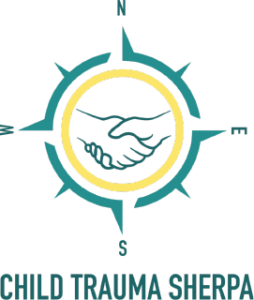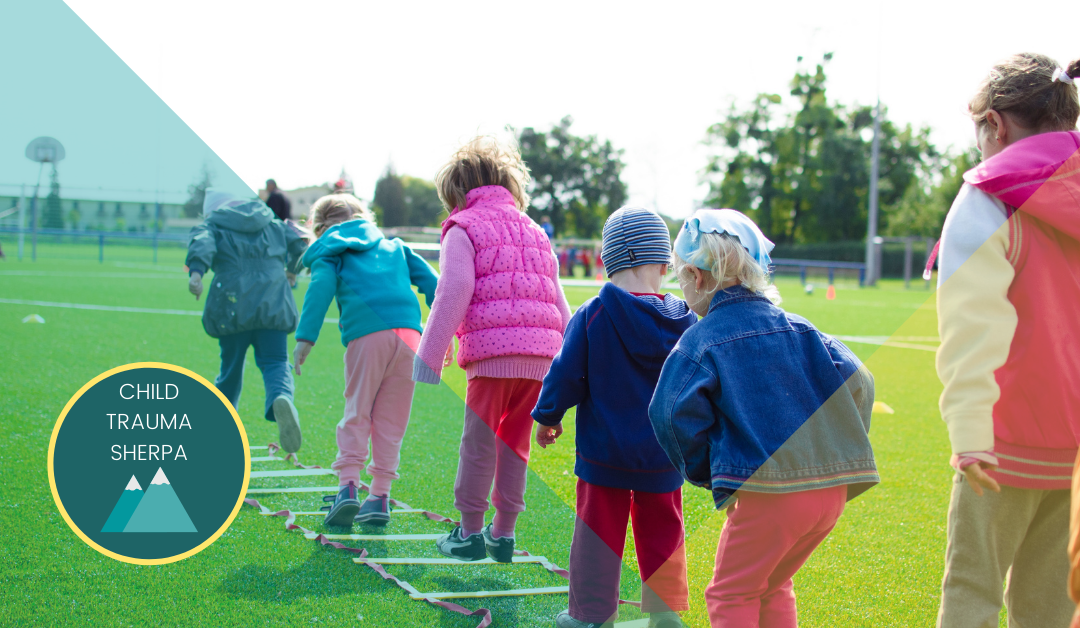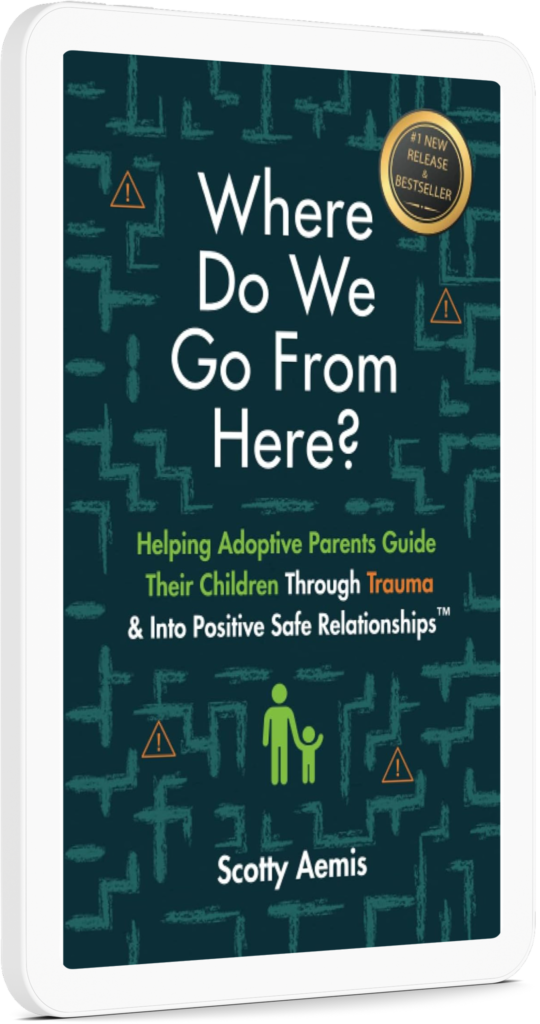Plus How to Begin to Heal from the Effects of Childhood Trauma
Trauma can happen in any stage of life. When not properly treated, it can continue to affect us well into adulthood. Trauma and our life experiences in childhood shape the way we see the world around us.
Not only do these painful events during our formative years affect the way we view the world, but it also causes an actual brain injury. This is because those who have suffered from adverse childhood experiences (ACEs) are constantly in fight or flight mode, which causes damage to the amygdala.
It is important to remember that there is hope for your adolescent who has experienced childhood trauma. The brain is capable of healing and creating new neural pathways, allowing your child to truly heal from their trauma.
In order to help your teen begin their journey of healing, it’s important to understand the impacts of childhood trauma on your adolescent.
Long-Term Trauma Symptoms
Trauma can be particularly difficult for children to process as it can be very confusing. Remember, each child reacts to trauma differently. This means that their trauma symptoms will vary in type and severity, and that their healing timeline will also be unique to their trauma. When childhood trauma is not treated, or treated properly, this is when traumatic stress may occur, causing long-term effects that lead to behavioral issues.
The long-term behavioral issues and symptoms of childhood trauma in adolescents include, but are not limited to:
- Avoidant behavior patterns: actively avoiding people, places, or situations
- Isolation: self-isolating from most activities
- Anxiety: driven by the fear of the same or similar distressing event occurring again (can also be driven by flashbacks); this response is common, however, persistent anxiety may develop into an anxiety disorder
- Depression: this is especially common for teens who suffered a traumatic loss and is common to experience in conjunction with grief; if persistent, it can develop into a major depressive disorder; also includes loss of interest in school, social life, or other activities and may even lead to suicidal ideation or self-harm
- Pessimistic outlook: pessimistic view of self, others, or the world in general
- Sleep disorders: including insomnia, hypersomnia, and nightmares or night terrors
- Difficulty concentrating: may include short-term memory issues
- An increased need for independence: could result in risky behaviors, such as substance abuse or sexual promiscuity
- Feelings of guilt: traumatized teens often blame themselves for the trauma they experienced, this may be a result of gaslighting or embarrassment about their trauma history
- Aggressive behavior patterns: angry outbursts or rage may occur as a result of unprocessed emotions from their trauma
Long-Term Health Effects
Long-term behavior patterns are normal for children who have not been treated for trauma. It is their defense mechanism or way of coping with their situation. Unfortunately, these behavior patterns won’t help them truly heal. These long-term symptoms can lead to long-term health consequences, including an increased risk of medical conditions throughout the individual’s life.
These health consequences include:
- Heart disease
- Chronic pain
- Chronic inflammation
- Cancer
- Other chronic conditions linked to substance abuse
- STDs
- Premature death
This is why it is imperative that your teen with trauma receive proper treatment in order to truly heal from their trauma.
Healing is Possible
A traumatized brain sees anything new or unusual as a threat. This means that protective interventions or rules can feel like punishments. Combined with a natural lack of trust, a struggle to connect cause and effect, and mood changes typical in adolescence, you can see how it can quickly create a negative cycle.
But there is hope! The key to healing is in connection. It is about creating positive, safe relationships with your teen with trauma. Remember, your child is the hero of their own story. You may guide them on this journey of healing, but they are ultimately the one that must process their trauma and heal from it.
Here are some steps to take to begin to help guide your teen toward healing.
1 | Intervene Only When Necessary
Not all battles are worth fighting. Unless the behavior is dangerous, pause and ask yourself if intervention is completely necessary or is it an opportunity to learn and grow? Remember, you provide your child with the tools they need to be polite, gentle, creative, and respectful. You sometimes need to believe that those tools are enough.
2 | Prioritize Connections
Trauma is the cause of broken trust and a loss of safety. Prioritize connecting with your teen. When you cultivate a positive, safe relationship with them, your teen will begin to feel less afraid and learn to trust once again. Remember that effective intervention does not forcibly stop behaviors, but rather builds deeper connections and allows your teen to understand the depth of your love for them, while providing opportunities for them to learn and grow from their mistakes.
3 | Work as a Team
Your relationship with your child is a partnership. This means that your teen needs to be treated as an active member of their own healing journey. Include your teen in the decision making process when it comes to their own treatment by offering a couple of options you’ve pre-approved. Give them the language and space to participate in this relationship; instead of asking why something happens, ask your child to share what they think occurred in their own words, which can help you get down to the real reason behind their behaviors and offer solutions that can actually lead to healing. Remember, while you guide your teen and work as a partner in this journey, it is ultimately your teen who is the hero of their own story!
[/et_pb_text][/et_pb_column] [/et_pb_row] [/et_pb_section]

